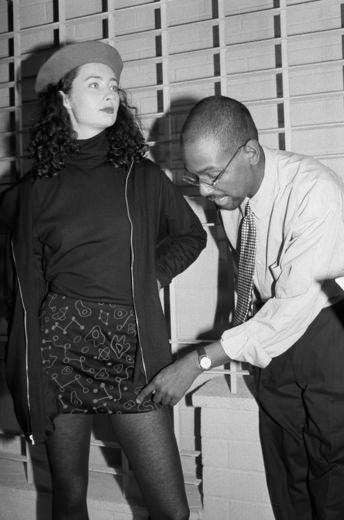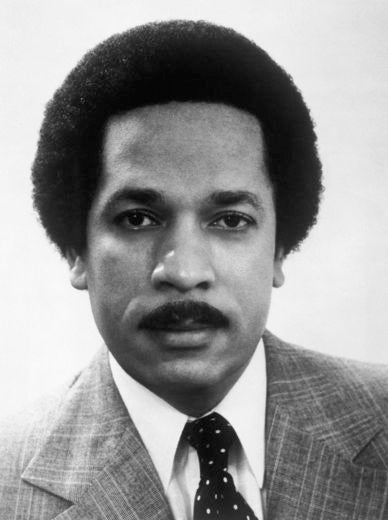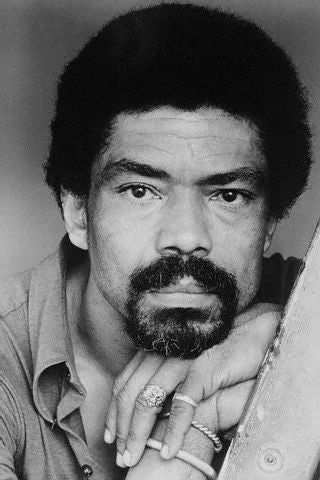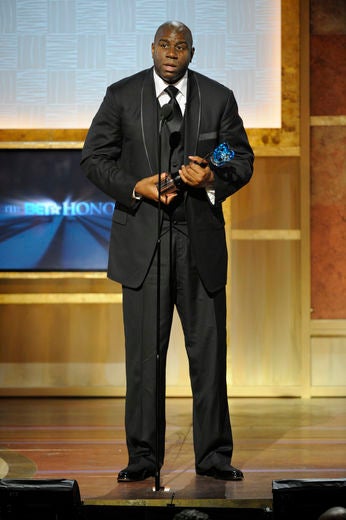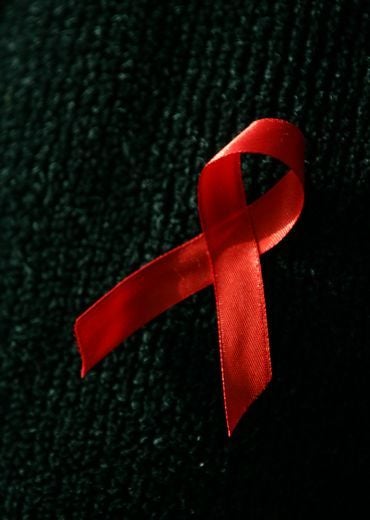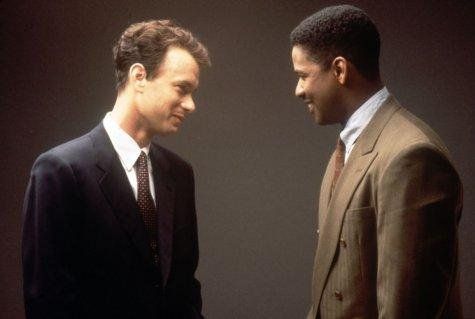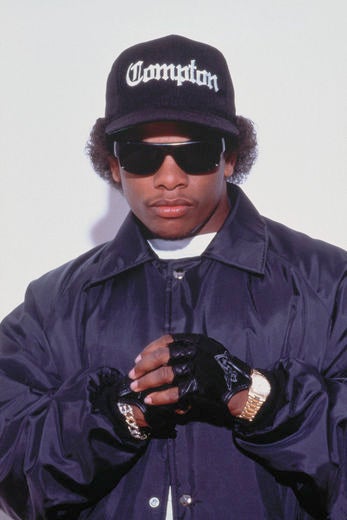It wasn’t until 1981 that the Centers for Disease Control and Prevention (CDC) published its first account of a rare fatal pneumonia found in five previously healthy gay men in Los Angeles. The immune disorder was initially called GRID, or gay-related immune deficiency. The disease transformed two years later into a condition known as AIDS, acquired immune deficiency syndrome. By then, The CDC began to recognize that female sex partners of men with AIDS as a growing at risk group. In 2005, the CDC found that 64 percent of women living with HIV/AIDS were Black.
Willi Smith has been called one of the most successful Black designers in the fashion history. Smith and sister, actress Toukie Smith, founded their own clothing company in 1973. Three years later, he cofounded the WilliWear company. He frequently traveled to India to find exotic fabrics and designs. In 1987 he contracted a parasitic disease that caused him to be hospitalized with pneumonia. Two days later he died. His autopsy revealed that he had AIDS. By the time of his death, WilliWear was reportedly selling over $25 million worth of clothing a year.
In 1987, the FDA approved AZT as the first drug used to combat the disease and with a year’s supply costing about $10,000 it becomes one of the most expensive drugs ever. It was around this time that Black leadership started to take the rising rate HIV/AIDS infections in the Black community more seriously and mobilized their efforts through national programs. By 1988, the CDC reported that half of all African-Americans make up half of all AIDS cases among women.
Television correspondent and anchor Max Robinson was the first Black to anchor a network news broadcast. He was one of the founders of the National Association of Black Journalists and a staple at the ABC News weeknight program “World News Tonight.” He died from complications due to AIDS in 1988 at Howard University Hospital in Washington, D.C.
Famed choreographer and instructor Alvin Ailey’s most famous work, “Revelations,” has been performed in front of millions of people. But Ailey also choreographed a solo called “Cry" and in honor of his mother’s birthday, he performed the piece with his leading dancer Judith Jamison and dedicated it to “Black women everywhere.” In 1989, Ailey died from AIDS-related illness at age 58. He is one of the first high-profile African-Americans to succumb to the disease.
In 1991 Los Angeles Lakers star Earvin “Magic” Johnson announces he’s tested HIV-positive and is retiring from basketball. His announcement is considered the first time the Black community begins talking openly about AIDS. Today, both Johnson and his wife, Cookie, work tirelessly with The Magic Johnson Foundation and Abbott, a leader in HIV/AIDS research and therapies, and the “I Stand With Magic,” campaign to promote awareness and the benefits of early detection.
“When people hear our voices, we want them to hear our message about getting tested,” said Johnson, who’s led the effort to test 30,000 people. “We have to continue reinforcing the message, especially with our young people.” His wife agrees. “Getting tested should be part of your annual physical, especially if you’re sexually-active,” she says. “It should be thought about as part of normal life, not as a taboo.”
After brain surgery in 1988, Hall of Fame tennis star Arthur Ashe discovered that he had been infected with HIV. Doctors traced the infection back to a blood transfusion he received after his second heart operation in 1983. He went public with his condition and established the Arthur Ashe Foundation for the Defeat of AIDS to provide treatment to AIDS patients and to promote AIDS research throughout the world. The Wimbledon champion died from AIDS-related illness at age 49 in 1993. Nearly 20,000 African-Americans would die from AIDS just two years later.
Actor Denzel Washington stars in the controversial AIDS movie “Philadelphia,” for which actor Tom Hanks won the Best Actor Oscar in 1993. That same year, the FDA approved the sale of “female condoms.” By 1994 Rae Lewis-Thornton, who was diagnosed with HIV at age 23 after she donated blood, is featured on the cover of ESSENCE magazine.
Rapper Eric Wright, known to the world as Eazy-E, dies of AIDS just weeks after making his condition public in 1995. He was just 31 years old. Wright was the first rap star to ever admit he had the disease. The following year, cover stories in the New York Times Magazine and Newsweek are littered with stories about the “end of AIDS.” Meanwhile, 1996 is the first year in which more Blacks die from AIDS than Whites.
February 7, 2009, marks the ninth annual National Black HIV/AIDS Awareness Day. Get tested, promote awareness or help other African-Americans who need services. Visit blackaidsday.org for more information.

